Gustard H16 review
Recently, we talked about the excellent new Gustard X16 DAC. However, Gustard is not limited only the DAC 16 series and offers a logical continuation of this system, a high-performance balanced headphone amplifier and preamplifier Gustard H16. In the case of the H16, Gustard also builds a really balanced device that gives you high-quality amplification for more than acceptable money. And going forward, this is the real cherry on top.
Unboxing
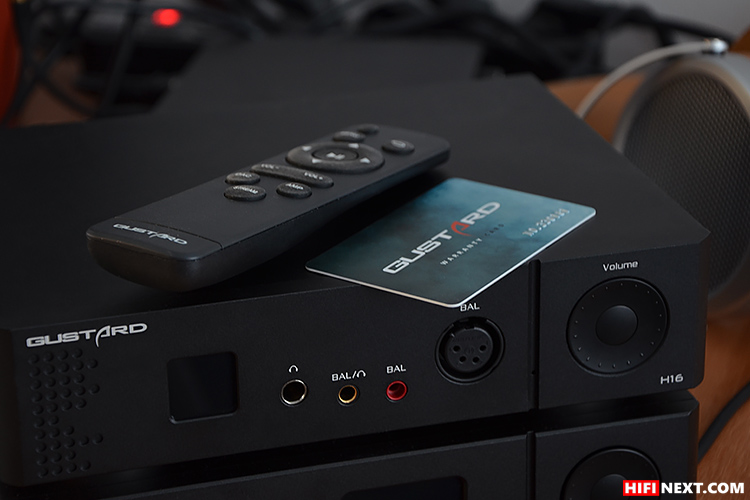
Gustard H16 comes in the same box as the Gustard X16 DAC. The set includes only a remote control and warranty card. Take care about quality power cable in advance, it is not included.
Design, Controls & Connectivity
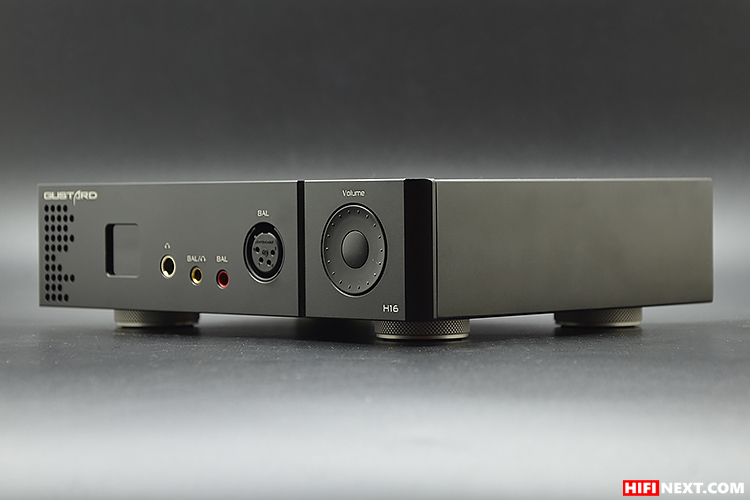
This is still the same monolithic metal body as in the Gustard X16. The heavy and dense design differs only by the front and rear panel. Let’s focus on this.
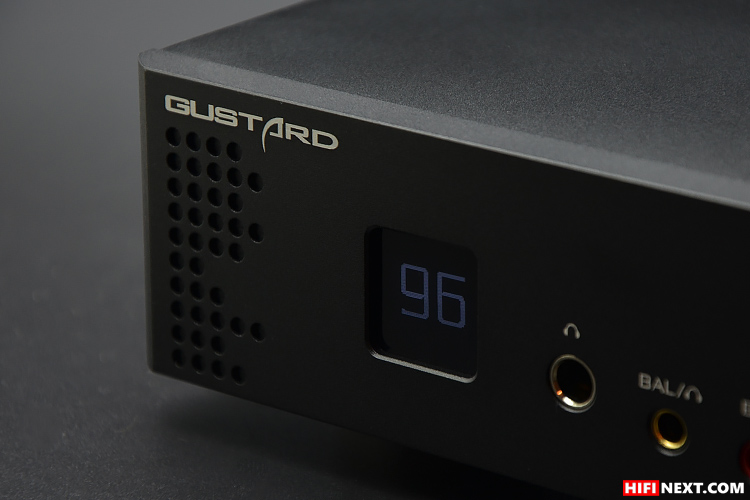
On the front panel on the left is a Gustard logo with a recognizable pattern in the form of equalizer scales and a simple one-color display that shows: volume level, used inputs (XLR or RCA) and gain level.
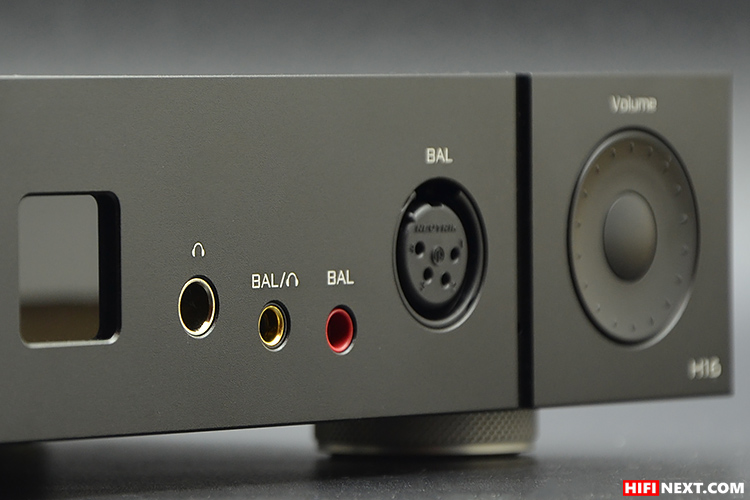
Headphone outputs: one unbalanced 6.35mm, and 3 balanced outputs 3.5mm jack, 4.4mm jack and 4 pin XLR.
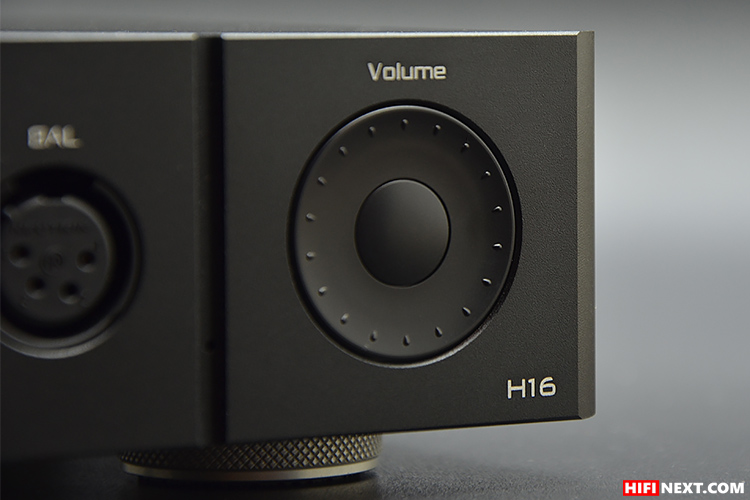
On the right is the volume wheel and a function button in the center that is responsible for switching inputs (XLR or RCA) and gain (press and hold): low, mid and high level. Exactly the same volume wheel as in Gustard X16 DAC.
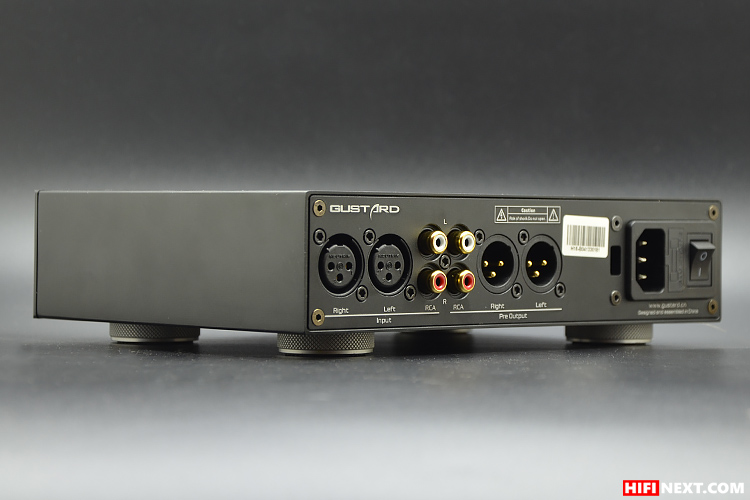
On the back H16 is equipped with a full set for all types of connectors. Asymmetrical RCA and symmetrical XLR input. On the output side, the unit offers preamplifier outputs with unbalanced RCA and balanced XLR. The power unit is exactly the same as in the Gustard X16 with a compartment for the fuse.
Inside
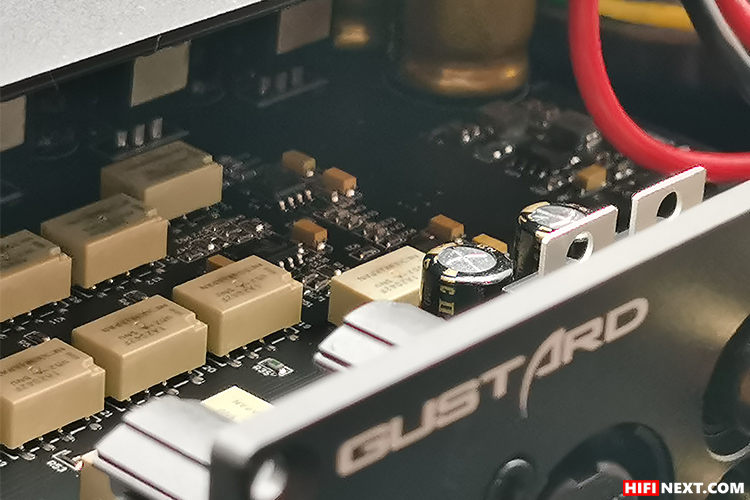
Among the points that definitely attract attention H16 is the high output power. For example, the device can deliver an amazing 566mW at 600Ω! If we estimate the output power at 64Ω, Gustard H16 provides 3700mW, in other words a full 3.7W per channel. As a result, this is more than enough for even the most demanding headphones.
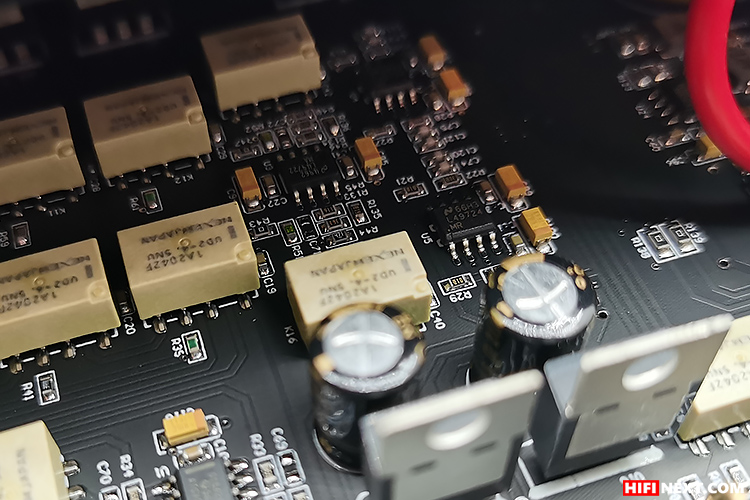
The preamp and power stage are based on one LME49722 chip and two LNE49724 chips. The inputs are buffered using AOP OPA1642 and AOP OPA1678. The heart of Gustard H16 is the Altera CPLD and STC MCU, which are responsible for fast processing of audio signals, while providing a low level of jitter.
The power supply in the H16 is the same as in the X16, a custom made toroidal transformer, for clean power to all components.
Sound
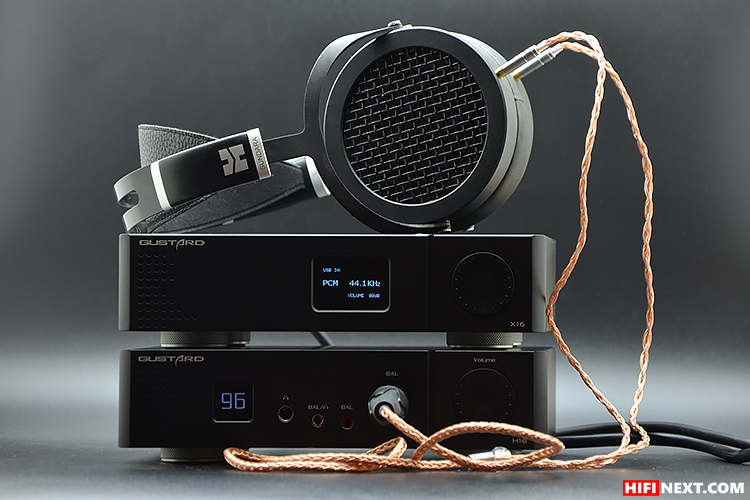
We did all tests directly in conjunction with the Gustard X16 DAC for which H16 it was created. Of course, we tried other DACs on chips a different class, such as Topping DX7 Pro on ES9038Pro and Topping D90 on AK4499, and according to an objective combination of many factors, X16 really matches exactly with H16 as well as possible.
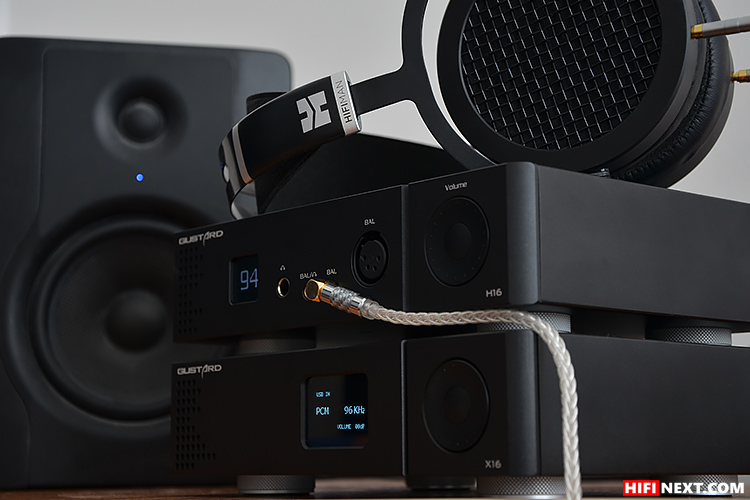
When you first listen, you are slightly shocked by the depth, resolution and clarity of the sound that comes from listening to symphonic music – acoustic instruments amaze with their lively timbre and expressiveness. Fresh, searing frosty, crystal clear, spicy sound of the instruments of the Baroque middle Ages will fill you with performance of classics orchestra. Only live, standing nearby, a meter away from each musician, can you hear something like that. All the nuances of the playing, timbre, rhythm, recording features are at palm of your hand, but such a straightforward, ruthlessly honest performance out of habit can be tiresome – especially if you use new or not warm enough HifiMan Sundara copies.
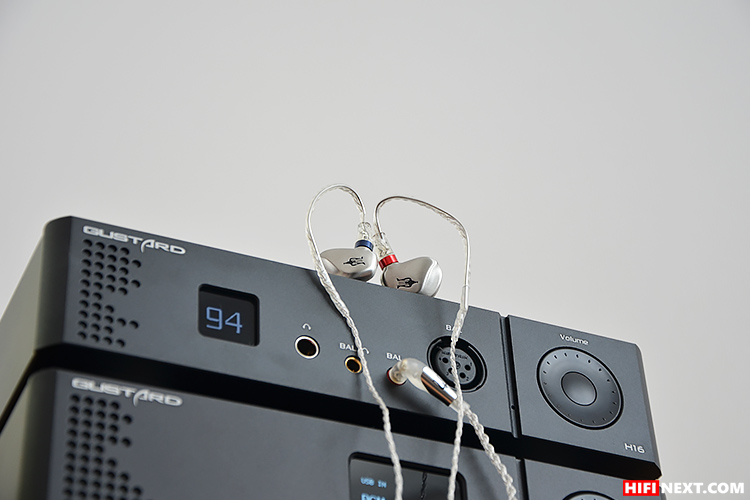
As H16 warms up, the high frequencies a little change, become transparent, the tonal balance acquires the desired warmth, and the localization of sound sources noticeably improves. And yes, equipment like the H16 also needs to be warmed up.
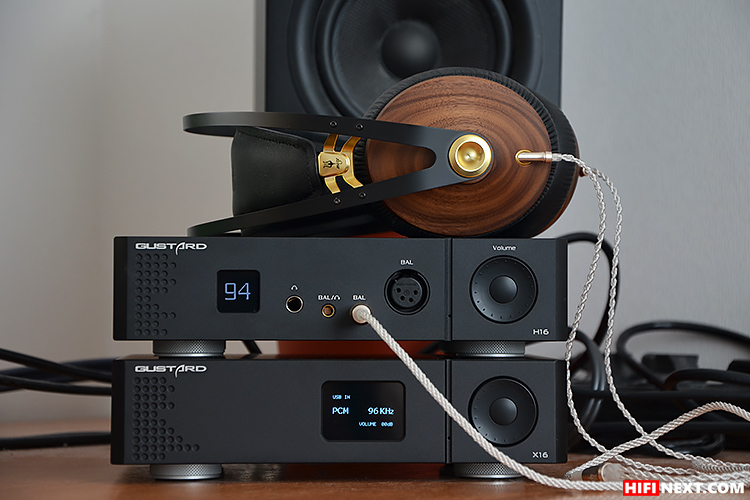
It is also important that you slowly begin to adapt to this sound, which brings such abundance of details in all areas of the spectrum. After that, even well-known music, such as the “How the West Was Won” album of Led Zeppelin, will reveal the subtle details of the atmosphere concert hidden by most headphones, the very flavor without which modern compositions are boring. This applies equally to electronics like Klaus Schulze or abstract melodies without rhythm like ambient of Steve Roach, as well as Buddy Guy’s audacious dynamic blues live performances.
Of course an amplifier with this resolution requires a good source, and note again – X16 is perfect here.
Conclusion
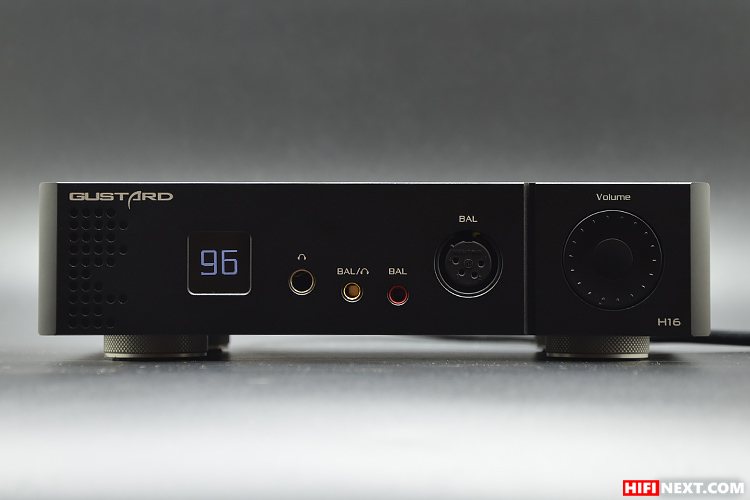
An unexpectedly amazing experience in this price category. And in the bunch with Gustard X16 DAC, it is simply shocking and fascinating. With X16 it’s definitely one of the best audiophile headphone systems under $1,000 today in our opinion. Of the competitors H16, the closest thing that comes to mind is the old well-known Topping A90, but it is $100 more expensive and does not give similar impressions as Gustard H16.
Probably, we would like to see in the Gustard H16 the possibility of replaceable opamp which would make the device incredibly versatile. However, even in this combination, it just has no competitors in the current price range. Absolutely deservedly added to ★ “Our choice”. Five stars.
Official site: www.gustard.cn
Specifications
Analog input:
One set of RCA standard input,typical input sensitivity: 2Vrms; input impedance 4.7kΩ
One set of XLR balanced input, typical input sensitivity: +18dBu maximum + 26dBu; input impedance 10kΩ
Preamplifier analog output(XLR on the rear panel):
Frequency response: 20-80kHz/-0.1dB
Signal to noise ratio: 120dB
Channel crosstalk: -120dB@1kHz
THD+N: <0.0004%
IMD: <0.0004%
Headphone output (front panel output):
Single port output impedance (6.35mm): 0.1Ω
Balance port output impedance (XLR 4 PIN, TRS4.4,3.5PRO):0.2Ω
Frequency response: 20-80kHz/-0.1dB
Signal to noise ratio: >118dB
Channel crosstalk: -118dB@1kHz
THD+N(1KHz): <0.0005%@3700mW into 640 LOAD
IMD: <0.0005% @3700mW into 640 LOAD
Maximum undistorted output power 3700mW into 64Ω LOAD balanced output
Load power (balanced output, high gain):
64Ω 3700mW
150Ω 2268mW
300Ω 1133mW
600Ω 566mW
Other specifications:
AC Power supply: AC 115V/230V 50/60Hz
Power consumption: <20W
Dimensions: 220mm*50mm*170mm
Weight: 2.5Kg

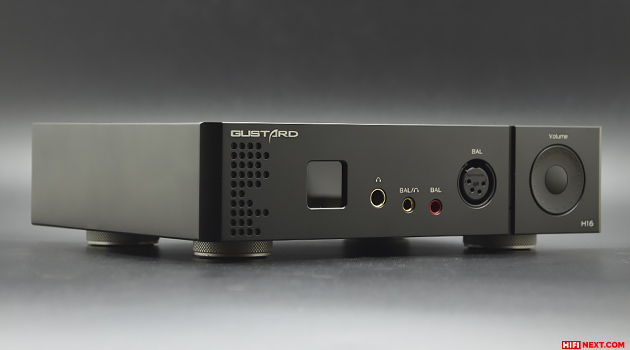
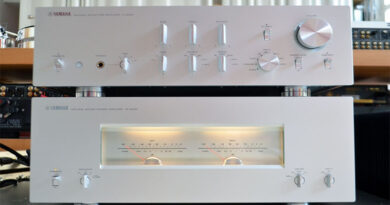
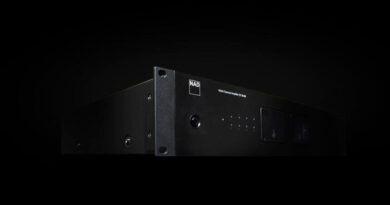

How does this compare to SA-1?
Is this class A amp?
Can I pair it with the new Sundara?
Yes, of course.